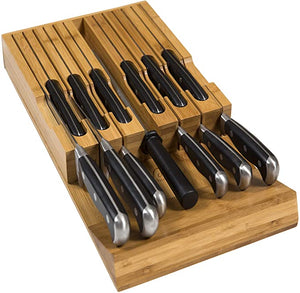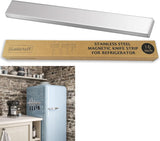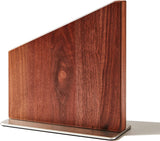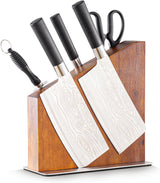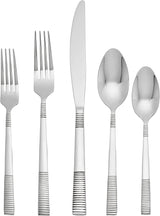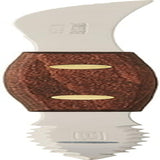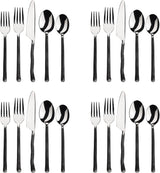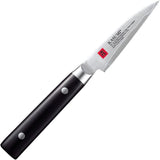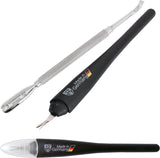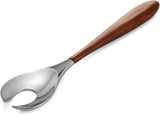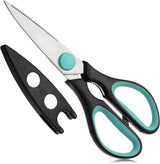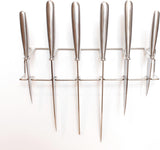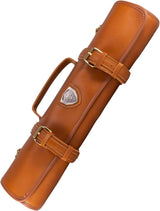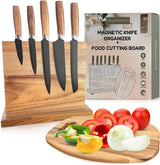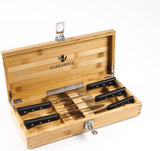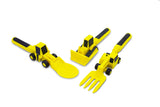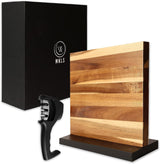How to Sharpen a Serrated Knife Blade for Kitchen Pros
As a kitchen professional, you understand the importance of maintaining your tools, especially your knives. Among all the knives in a kitchen arsenal, the serrated knife often poses a unique challenge when it comes to sharpening. Many assume it's impossible to keep these blades sharp, but learning how to sharpen a serrated knife blade is crucial for any culinary expert. Taking time to sharpen your serrated blades ensures precision cuts and extends the lifespan of your knife.
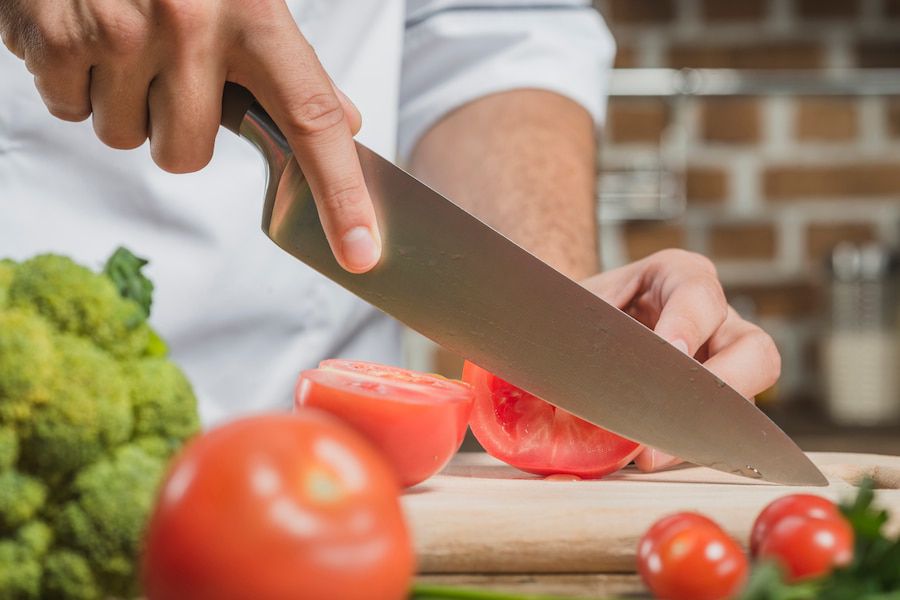
The Importance of a Sharp Serrated Blade
For those who are unfamiliar, a serrated knife features a distinctive toothed edge that's perfect for slicing through foods with tough exteriors but soft interiors, like bread or tomatoes. However, even these hardy blades dull over time. Unlike straight-edge knives, the process to sharpen serrated edges is different, but it's necessary to maintain the efficiency of your cuts. Well-maintained serrated knives can reduce personal strain and enhance your performance in the kitchen.
Key Considerations Before Sharpening
Before diving into the process, consider the specific type of serrated knife you own. Some popular brands like Kyoku offer high-quality serrated knives, designed for longevity and easy maintenance. For an overview, check out Kyoku knife brand reviews to determine if your knife meets high industry standards or requires a specific sharpening technique.
Tools You'll Need
Proper equipment is essential when learning how to sharpen a serrated knife blade. You'll need a serrated knife sharpener, often a sharpening rod specifically designed for serrated knives. For more stubborn serrations, a diamond-coated rod can be effective. Remember to keep the rod clean for consistent results. If your knives are rusty, you'll need to remove the rust beforehand, which you can learn more about from this article on rust removal.
The Sharpening Process Explained
Start by locating the side of the blade that is beveled and work with a rod that matches the size of the serrations. Insert the rod into a serration's gullet (the curved part), and gently glide it to remove burrs. Repeat this motion for all serrations. Precision is key, and softer motions help maintain the knife's integrity. If you want to remove nicks from your knife, check out our guidance on fixing nicks.
Polishing the Blade
After sharpening, polish your blade using a ceramic rod or a leather strop to smooth out all rough edges. This step refines the cut and ensures even smoother slicing capabilities. You can explore detailed polishing techniques for additional tips on perfecting your serrated edge.

Maintenance Tips for Serrated Knives
Regular maintenance does not end at sharpening. Proper cleaning is essential for longevity. For efficient knife cleaning practices to complement your sharpening efforts, visit this detailed guide.
FAQs
Can regular knife sharpeners be used for serrated blades?
No, it's crucial to utilize a serrated knife sharpener as they are designed to conform to the unique shape of serrated edges.
What is the frequency to sharpen serrated knives?
Depending on usage, serrated knives require sharpening less often than straight edges, typically once or twice a year.
Is polishing necessary after sharpening?
Yes, polishing not only smooths out burrs but also enhances the sharpness and extends the life of the serrated blade.
This article contains affiliate links. We may earn a commission at no extra cost to you.
